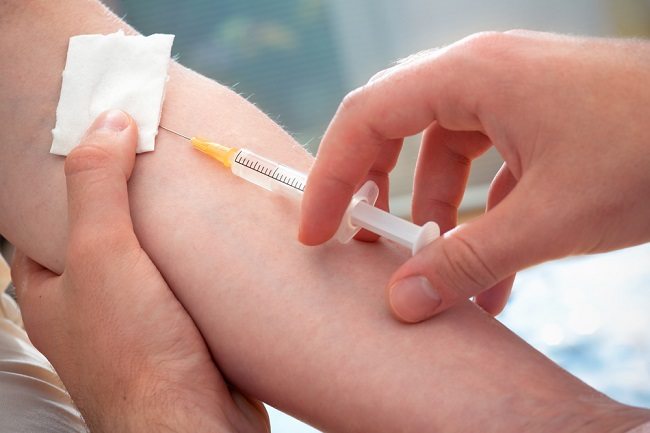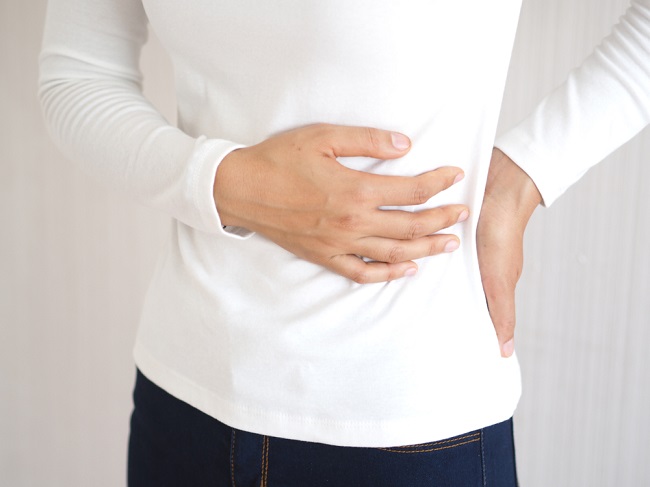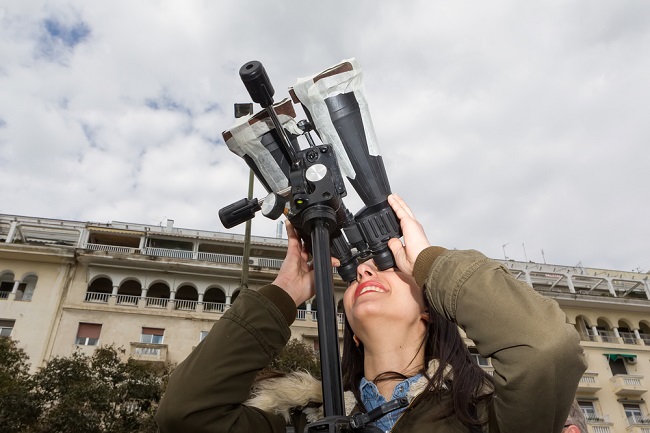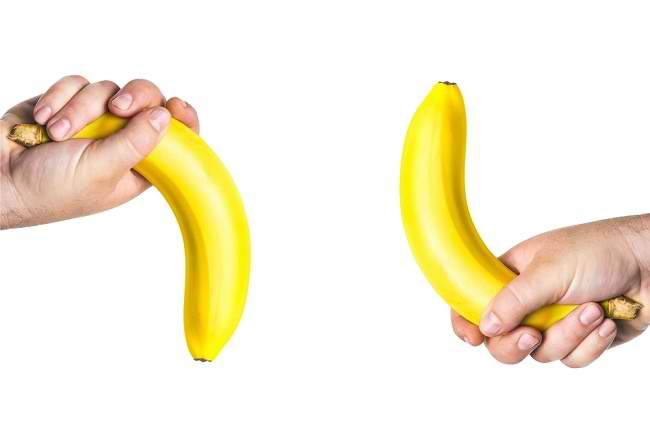Osteomalacia is a condition in which the bones cannot harden, so rprone to bending or even breaking. This condition occurs due to lack of vitamin D, calcium,orPhosphor,needed forbone hardening process.
Osteomalacia occurs in adults. When this condition occurs in children, it is called rickets.

Osteomalacia can be overcome by taking supplements that contain calcium or vitamin D. Osteomalacia sufferers are also advised to sunbathe in the morning, because sun exposure can help produce vitamin D in the body.
Symptoms of Osteomalacia
At first, people with osteomalacia do not feel any symptoms. When the condition gets worse, the patient's bones will become brittle, which is characterized by the following symptoms:
- Pain in several parts of the body, especially the lower back, pelvis, groin, legs, and ribs. The pain will get worse at night or when holding heavy weights.
- Staggers when walking, as well as difficulty standing and climbing stairs, due to muscle weakness.
- The body feels tired easily.
If the condition gets worse, the patient can experience bone fractures.
In addition to the above complaints, calcium deficiency can also cause symptoms such as:
- Numb
- Stiff and tense muscles
- Irregular heartbeat.
Causes of Osteomalacia
Osteomalacia is caused by the imperfect process of bone development, so the bones do not harden. This occurs due to a lack of calcium, phosphorus, or vitamin D in the body. Apart from the lack of intake from food, some of the conditions below can also make the body lack these three substances:
- Lack of sun exposure
- Side effects of anticonvulsants
- Elderly
- Morbid obesity
- Impaired kidney or liver function
- celiac disease, where the small intestine is unable to absorb nutrients from food
- Have had surgery to remove part or all of the stomach (gastrectomy).
Diagnosis of Osteomalacia
To assess the condition of the bones and find out the cause of osteomalacia, there are several tests that can be done, namely:
- X-rays, to see the presence of small cracks in the bone, which is one of the characteristics of osteomalacia.
- BMD check (bone mineral density), to see bone density.
- Blood and urine tests, to check the levels of vitamin D, phosphorus, and calcium in the blood and urine. In addition, blood and urine tests can also check parathyroid hormone levels, which affect calcium levels in the body.
- Bone biopsy, which is a procedure for taking a sample of the patient's bone tissue using a needle, for further investigation in the laboratory. However, this examination is rarely performed.
Osteomalacia Treatment
To meet the adequacy of calcium, phosphorus, and vitamin D, and treat osteomalacia, doctors will advise patients to:
- Sunbathing in lower sunlightPatients will be asked to often sunbathe in the morning. Make sure to apply sunscreen before sunbathing, especially when the sun is already hot.
- Regulating dietDoctors will advise patients to improve their diet and eat more foods that are rich in calcium, vitamin D, and phosphate.
- Taking vitamin D supplementsPeople with osteomalacia are advised to take vitamin D supplements for several weeks to several months.
- Taking calcium or phosphorus supplementsIf calcium or phosphorus levels are low in the body, the doctor will prescribe calcium or phosphorus supplements.
If there are already broken or deformed bones due to osteomalacia, the orthopedic doctor will recommend installation braces or even surgery. If there is an underlying disease that lacks vitamin D, calcium, or phosphorus, the doctor will also treat the disease.
Osteomalacia Prevention
Osteomalacia can be prevented by meeting the need for vitamin D. Therefore, it is recommended to increase the consumption of foods containing vitamin D, such as fish oil, eggs, cereals, bread, milk, or yogurt.
If needed, you can take supplements to meet the needs of vitamin D, calcium, or phosphorus. To be safe, consult your doctor first before taking these supplements.









